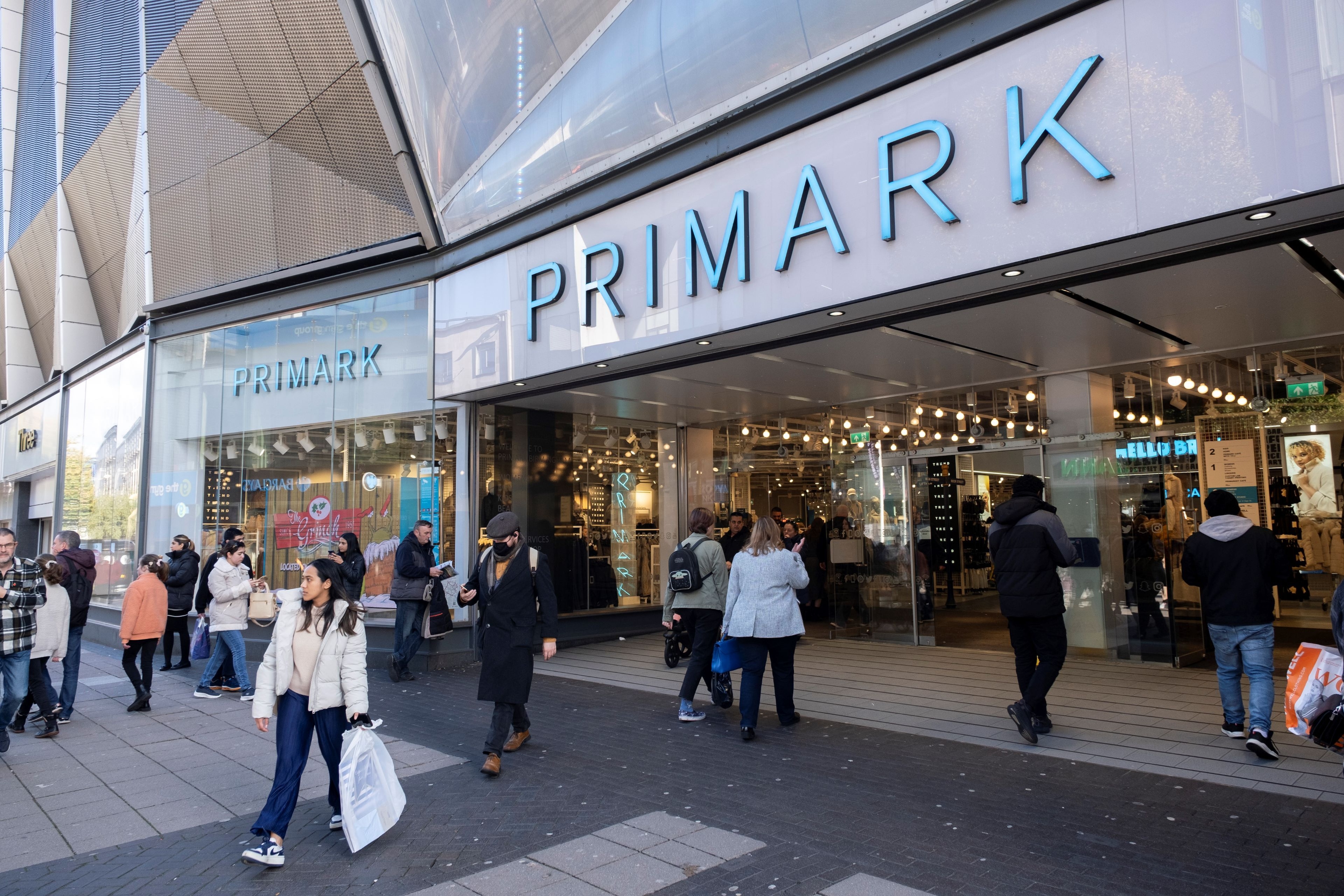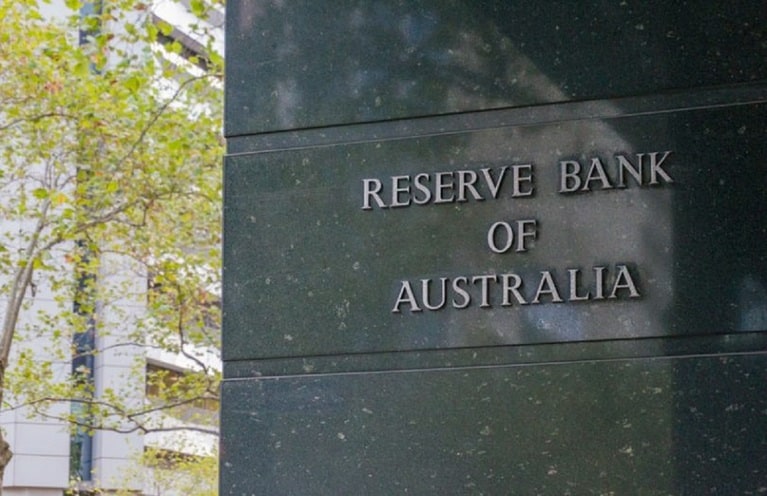European markets have had another muted and lacklustre session, with the FTSE 100 treading water, helped by resilience in the retail sector after a positive update from Primark owner Associated British Foods, and the latest Kantar survey that grocery price inflation slowed to its lowest level since July 2022, giving a boost to the retail sector.
Europe
The Primark owner announced a solid set of annual results as well as uprating its operating margin guidance for 2024, pushing the shares towards the top of the FTSE 100. Full-year revenues saw an increase of 16% to £19.75bn, with the Primark business accounting for £9bn of that rising by 17%, although adjusted operating margins fell to 8.2% from 9.8%. Higher sugar prices helped to boost revenues in the sugar business by 26% to £2.55bn, however higher energy costs saw margins narrow to 6.6%.
The grocery business was one of two areas that ABF managed to maintain its adjusted operating margins. These held steady at 10.7%, as revenue rose 12% to £4.2bn. The ingredients business saw operating margins increase to 9.9%, as revenues increased to £2.15bn, helped by a strong performance from its yeast and bakery division.
On the outlook ABF said they expected operating margins in the Primark business for 2024 to improve to above 10% as inflation pressures ease. The retailer also announced another £500m share buyback as well as a special dividend of 12.7p per share, with the shares rising to their highest levels in over 2 years.
We’ve also seen a positive read across to the likes of Frasers Group, Marks & Spencer, who report tomorrow, and Next.
The latest Kantar survey for the 12 weeks to the end of October, showed that Sainsbury's improved its market share during October, rising to 15.2%, as did Tesco which rose to 27.4%. Aldi and Lidl also did well with a combined 16.4% share of the market, while also seeing strong sales growth of 13.2% and 14.7% respectively.
It’s also been a good day for Lloyds' insurer Beazley after saying that business performance is ahead of expectations and that the company expects to post a strong full-year profit, due to lower than expected claims.
UK housebuilder Persimmon latest Q3 update showed that trading was in line with previous guidance, delivering 1,439 in Q3 quite a 37% decline from last year’s 2,270. The housebuilder said they remained on course to deliver 9,500 completions in 2023, with operating profits and margins in line with expectations.
On the downside basic resources and energy was a drag on the back of weaker metals and oil prices.
Darktrace also reiterated its full-year guidance for 2024 which it gave last month at its Q1 update as it launches its inaugural Technology Day event in London.
Today we got the first indications of how much it is going to cost UBS to integrate Credit Suisse into its operations after the bank slipped to a Q3 loss of $785m, as the Swiss bank said that it had incurred costs of $2bn as well as expecting another $1bn of additional costs in Q4. UBS said it had stabilised the CS wealth management unit and that outflows had ceased. Total group revenues were higher by 23% to $11.7bn, while profits for the period came in at $844m with the costs stripped out.
US
After a subdued session yesterday, US markets opened slightly higher with the focus again turning to the likely glide path of US rate policy, as a raft of Fed policymakers get set to hold court when it comes to the health of the US economy and the likelihood of another rate hike.
Uber shares have slipped from six-week highs after reporting Q3 revenues of $9.3bn, an increase of 11%, while also reporting a quarterly profit of $394m. Gross bookings saw a sizeable rise of 21%, to $35.28bn. For Q4 this is expected to increase to between $36.5bn and $37.5bn, while adjusted EBITDA is expected to come in between $1.18bn and $1.24bn. The split on revenues for Q3 saw mobility contribute $17.9bn, and delivery to $16.1bn. Freight revenues saw a drop of 27% to $1.29bn.
IT monitoring and analytics company Datadog has seen its shares rise sharply after Q3 revenues rose 25% to $547.5m, more than expected while profits also surged to 45c a share. The company said it expects Q4 revenue to come in between $564m and $568m, while upgrading full year forecasts to $2.1bn and $2.11bn and profits of $1.53, from $1.33 a share. The strength of these numbers has also helped to give a lift to the likes of Snowflake.
FX
The US dollar has continued to rebound from its 6-week lows of yesterday, making solid gains across the board with the biggest gains against the commodity currencies, with the Australian dollar suffering more than most despite the RBA raising rates by 25bps, pushing rates to their highest levels in over a decade to 4.35%.
The weakness appears to have come about due to a tweak to guidance suggesting that no more hikes are needed, pulling the Aussie away from yesterday’s three-month highs. The tweak to guidance came in the form a change in the wording here from “further monetary tightening may be required” to “whether monetary tightening may be required”.
The Norwegian krone is also in retreat along with crude oil prices.
The pound has lost some ground against the US dollar after Bank of England chief economist Huw Pill suggested that rate cuts could be coming by the middle of 2024, prompting a slide in gilt yields across the board. The 2-year yield fell to its lowest level since early June, in a trend that if it continues later this month when the UK CPI numbers for October are released, could offer further welcome relief to hard pressed mortgage holders, after the big jumps in rates seen in the middle of the summer.
Commodities
Brent crude oil prices have fallen to their lowest levels since the end of August, sliding towards the 200-day SMA, as concerns about the economic outlook trumped the prospect of Russia and Saudi Arabia pushing their production cuts into 2024. Weaker than expected Chinese exports for October have fed into concerns that the global economy is languishing in stagflation territory, with little prospect of an upturn.
Gold prices appear to be heading lower after a failure to push above the $2,000 an ounce key resistance prompted some profit taking, which appears to be being driven by a stronger US dollar which is higher across the board.
Volatility
Markets proved to be incredibly subdued on Monday with increased levels of price action focused on single stocks and cryptos. Bumble, the company behind the dating social network, was one outlier, with the stock falling hard in the wake of news that the CEO was to step down early next year. Valuations were down almost 10% in early trade before something of a rebound was posted but with earnings due in the coming hours, there’s clearly concern about just how bad these will be. Recession fears are seen as weighing on those companies reliant on discretionary consumer spending. One day vol printed 128.48% against 84.02% for the month.
In cryptos it was Dogecoin that proved to be the most active, with the meme coin having now added around 10% since the end of last week. There’s speculation that a breakout on the upside could be seen here, although the asset remains well below the all-time highs posted back in May 2021. One day vol stood at 79.79% against 57.95% for the month.
Corn prices traded in a relatively narrow band on Monday but proved to be the most active of the commodities. Meaningful gains were posted for the grain on Friday off the back of NFP-derived dollar weakness but a degree of support for the greenback late in yesterday’s trade helped reverse some of this momentum. One day vol on Corn came in at 19.13%, a little below the one month print of 20.98%.






